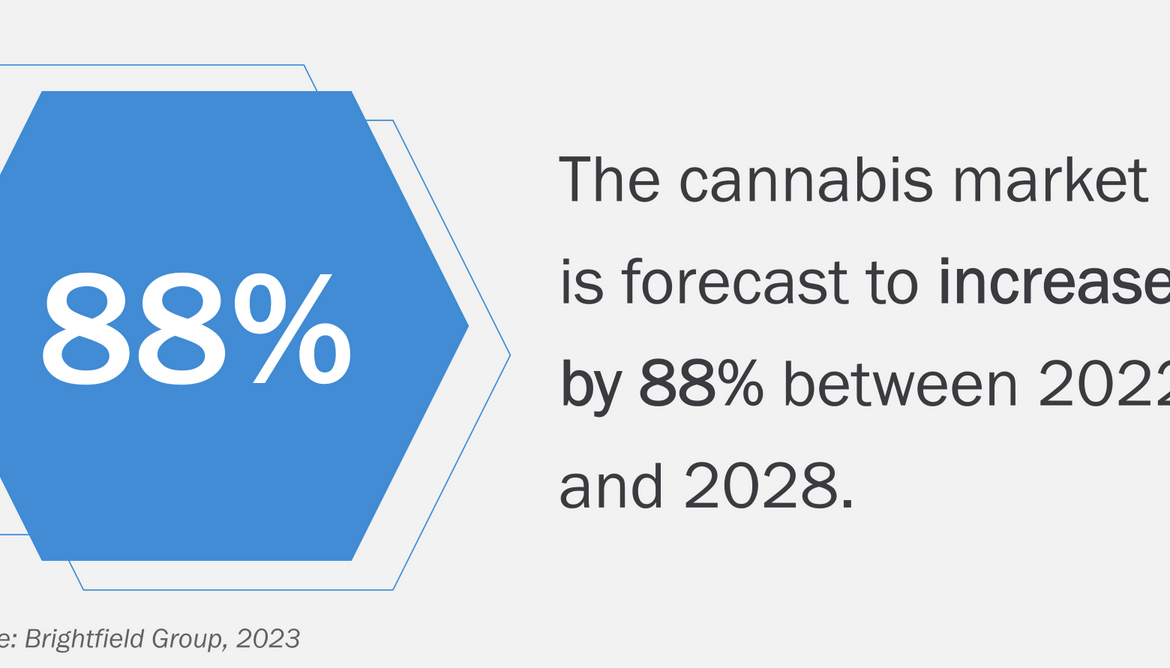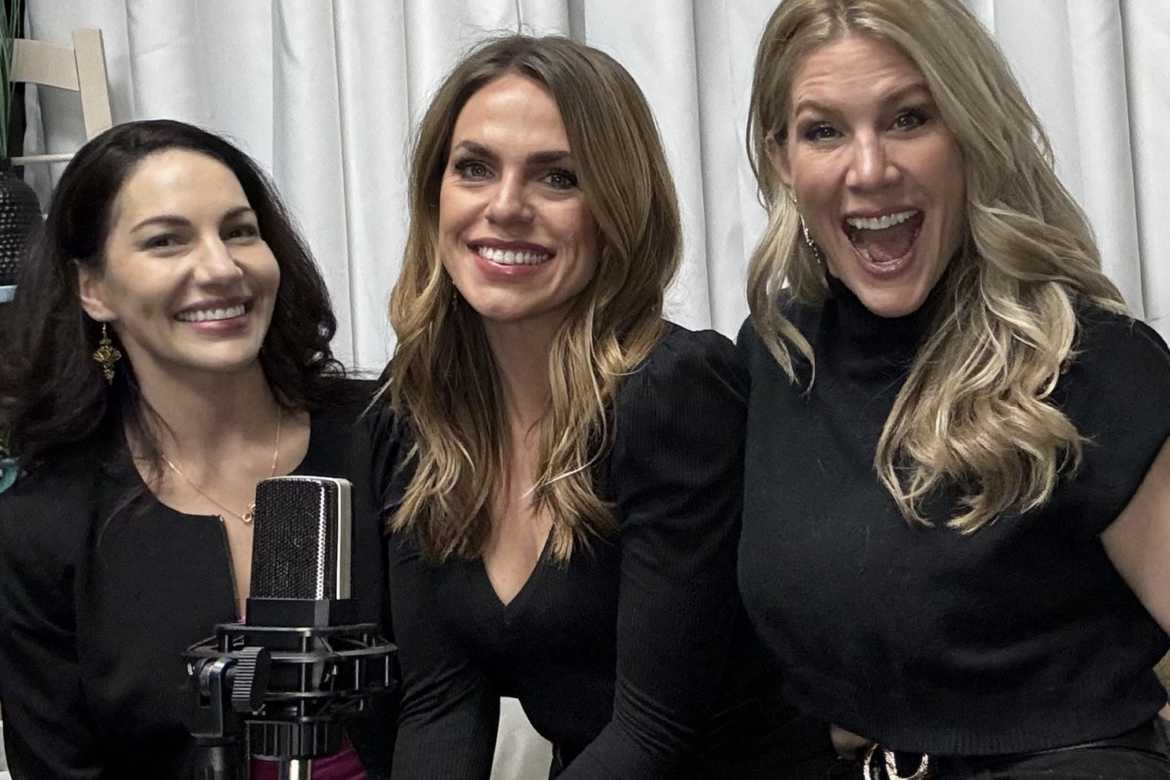Explore the transition of cannabis culture from an underground activity to a global movement, highlighting its history, development, and cultural significance. Discover the innovative spirit of the subculture, the importance of various generational perspectives, and the profound impact this plant has on society.
Click here to Listen to Let’s Get CLEAR Podscast Now
In this episode of “Let’s Get Clear,” James Granger and Monica Pina delve into the intriguing world of the cannabis subculture. Exploring the history, development, and nuances of dabbing, shedding light on its evolution from an illegal, passionate pursuit into a global subculture with a rebellious spirit.

WHAT IS THE SUB-CULTURE OF CANNABIS?
Cannabis culture encompasses individuals united by their use of cannabis for medicinal, recreational, and spiritual purposes.
It’s a realm filled with diverse social practices, rituals, and folklore, transcending national borders and promoting values of peace, love, and unity.
Growing up in the rave scene of Colorado
in the ’90s, I was part of the PLUR party kid culture, “peace, love,
unity, and respect,” but that is a tale for a different day.
This culture is not just about consumption methods—ranging from smoking and edibles to vaping—but also about the profound influence cannabis has on art, music, literature, and societal attitudes. The impact of cannabis is deeply rooted in art, inspiring a spectrum of creations from the psychedelic works of the ’60s to modern digital installations. Literature, too, is rich with cannabis references with The Beat Generation writers like Jack Kerouac and Allen Ginsberg, who were known to use it as a symbol reflecting its cultural relevance.
James Granger is the Chief Political Officer of Cliintel Capital Management, a venture capital firm in Colorado. On this week’s episode of the podcast Let’ Get CLEAR he describes not just the cannabis culture but also the subculture of dabbing.
The subculture of cannabis, mainly through practices like dabbing, showcases a community’s innovative spirit and commitment to preserving the essence of cannabis. Its subculture is characterized by a deep appreciation for the plant, its various consumption methods, and the quest for quality and purity.
As we explore the subculture of cannabis, it’s evident that it’s more than just a plant—it’s a lifestyle, a community, and a movement towards understanding and acceptance, at least for the consumers who identify with this subculture, but what about the rest of us?
Culture Impacts Regulation & Policy Effects Society
As public opinion shifts in favor of cannabis reform, understanding the multifaceted factors influencing acceptance is crucial. These factors range from cultural and subcultural influences on socioeconomic and psychological aspects, playing a significant role in the integration of cannabis into society.
There’s a growing recognition of cannabis’s benefits, leading to a gradual shift in public perception and leading towards legalization. As cannabis consumption becomes more mainstream, so must the messaging to consumers, to the dismay of the OGs and die-hard members of the cannabis subculture. (OG is slang for someone who’s “old school” or, as some might put it in regards to cannabis; “Ocean Grown” coming from the West Coast in Northern California).
The whole point of the subculture of cannabis is the deep affection and, dare I say, worship of the plant. Legal cannabis products are consumer packaged goods (CPG) created on a large scale through a manufacturing process and marketed to appeal to the most significant amount of customers, and here lies the conflict between the subculture of cannabis and mainstream consumers.
Distributors from the illicit market never had to think about marketing, packaging, or revenue margin. The goal was to be as hard to find as possible to stay off the radar of law enforcement. As drug dealers suddenly became business owners, this exclusive subculture needed to appeal to people they not only were not accustomed to dealing with but also didn’t care for much.
Sub-Culture Sell Outs
Remember when your favorite underground band made it big? It was annoying, to say the least. Suddenly, posers donned the shirt of the band that they purchased at Walmart. Meanwhile, the shirt you wore was painstakingly purchased in an alley of a dive bar after the first show, which had only 50 people.
Well, the cannabis industry is on the way to the big time, and much of the sub-culture essence of cannabis is sterilized and lost through the manufacturing process. It’s hard to keep the look and feel of an intimate show in a dive bar while appealing to the masses.

‘MTV Unplugged’ People: Kurt Cobain (Photo by Frank Micelotta/Getty Images)
For the Baby Boomers, Gen X, and the Millennials, who have all been fighting the Cannabis Revolution, the adoption and assimilation of the cannabis culture into our society might be hard to imagine. However, the oldest Gen Z is 27 years old, and they were just born when cannabis was first legalized in California. Gen Z will change the way we market cannabis, but while we wait for the frontal cortex of that generation to come online, we have to bridge the gap between where the cannabis market came from and where it’s headed as a regulated CPG market.
Gen Z vs. The Not Gen Z
Hybrid Marketing does a great job of delineating the different types of marketing needed for generational differences.
Hailing Frequencies Open
Each generation has a preferred digital platform for communication and a source of information. Understanding how each generation communicates and curating messaging and branding to speak their language is vital to brand differentiation. Consumption format preferences, decision-making styles, and desired shopping experiences also differ from generation to generation.
Anticipating the shifts in cannabis culture and the industry at large involves interpreting all the moving pieces, including regulation change, societal norms and generational perceptions, technology trends, economic impact, and consumer behavior.
Follow Cliintel Capital Management:
X (Twitter)








